The promise of a dialectical process is the achievement of an indisputable truth. If war is the continuation of politics by other means, as Clausewitz asserted, then any truth arrived at is entirely dependent on the victor. Empires and resistance movements have risen and fallen, social cohesion has ebbed and flowed – colonialism, slavery, holocausts, and blockades make up not only our history but our current events.
Spatial regimes are indicative of the ways our built environments are designed to shape and direct social behavior, including the control of resources, personal mobility, the flow of information, and our perception of these.
This series represents a break from my earlier illustrative and comics-based work into entirely abstracted conceptual territory. As a whole I attempt to distill extremely complex social dynamics into the simplest visual terms possible – a binary opposition. Within each piece are two competing forces that struggle for supremacy, but which side is winning or losing is indeterminate or arguable.
The colors were chosen exactly because they cause a visual tension in the eye, lending movement to otherwise static shapes and emphasizing the representation of conflict. Black represents both oblivion and unconquered territory (i.e. fragments of the remaining natural world).
Ideas that inform each piece include: hierarchy, border security, iniquity, apartheid, usurpation, coup d’état, prison, conquest, assimilation, enculturation, conformity, blitzkrieg, divide and conquer, surveillance, diaspora, gated community, slavery, refugee, human trafficking, usury, registration, etc.
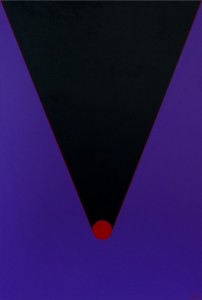

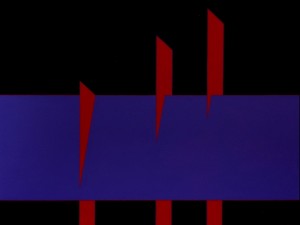
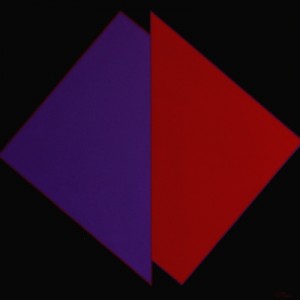
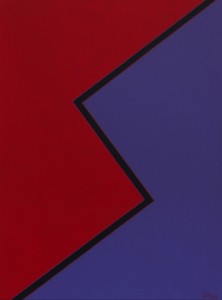
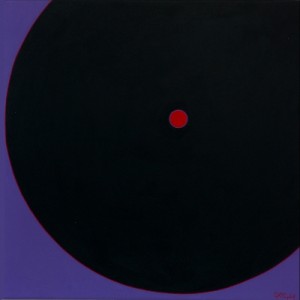
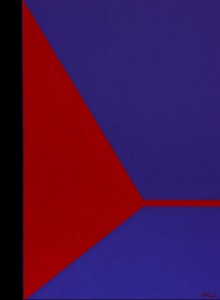

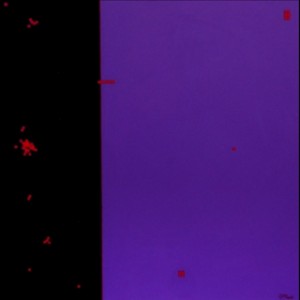

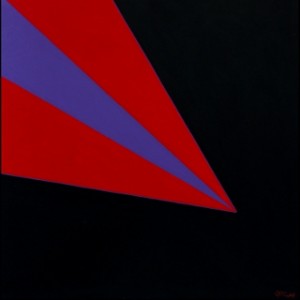
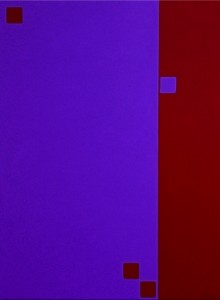
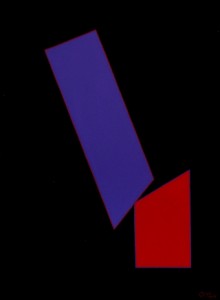
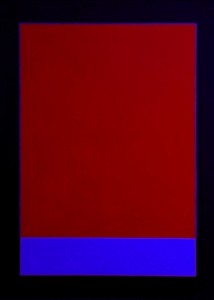

Recent Comments